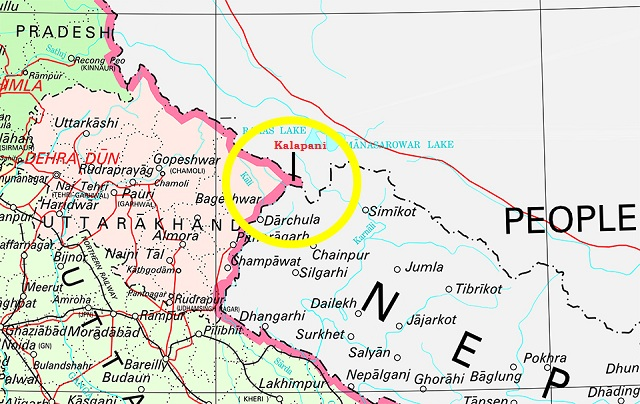900 319 0030
enquiry@shankarias.in
Military Engineering Service
Sal Forest Tortoise

Herpetological Conservation and Biology
Brackish Water Turtle (Batagur baska)

Diplomatic Issues in Kailash Mansarovar Link Route
Kalapani Issue

Susta Area
Kali River
Global mean surface temperature
Source: The Hindu